News
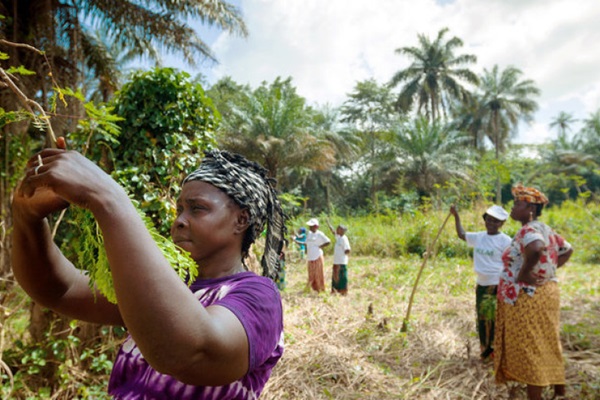
Governments step up action on agriculture and food security at COP27
05/12/2022
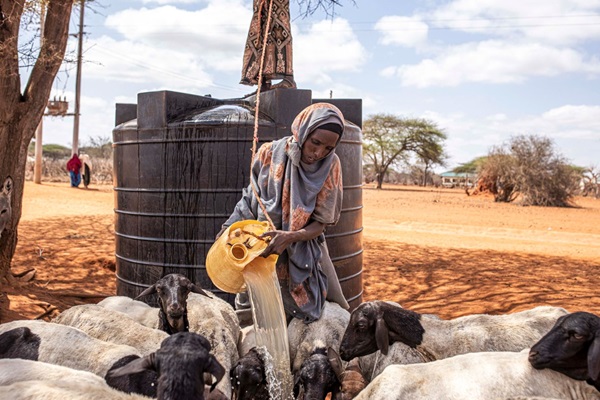
Another step forward to enhance livestock climate actions in Kenya
29/11/2022
With a livestock population of over 146 million, livestock play an important socio-economic role in Kenya. Yet, the livestock sector is also one of the most vulnerable to climate change. About 80 percent of Kenya's land surface is in arid or semi-arid areas and livestock farmers in the country...
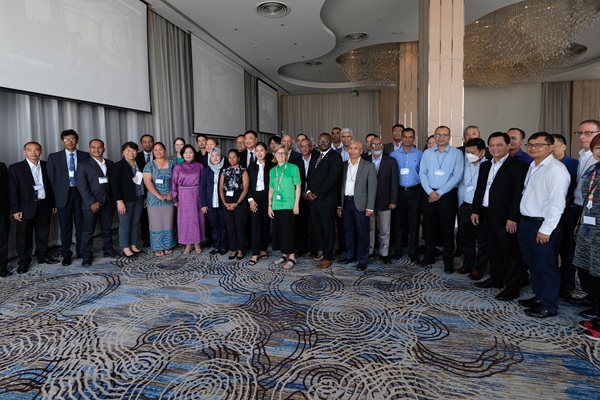
Tackling methane through livestock in Asia and the Pacific
25/11/2022
With climate change and population growth affecting production and demand for livestock products in Asia and the Pacific, countries in the region are now more committed than ever to make the livestock sector more sustainable and climate-friendly. To facilitate dialogue and create new synergies...
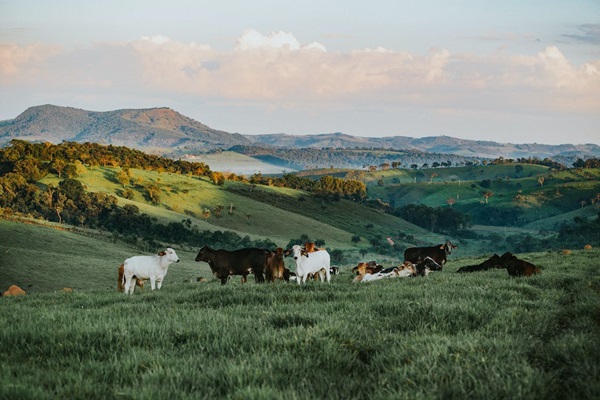
Pathways to dairy net zero: Promoting low carbon and climate resilient livestock in East Africa
17/11/2022
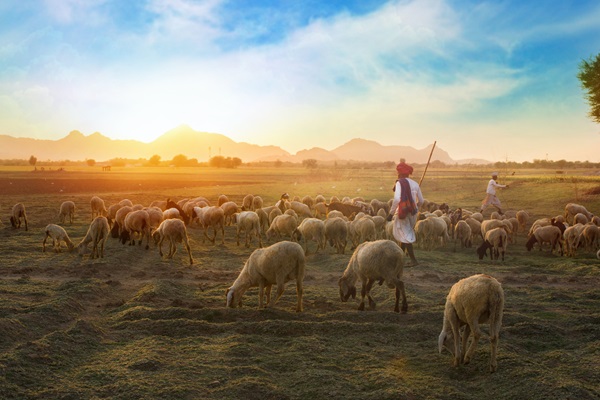
Ready to reduce methane emissions from livestock systems in Asia and the Pacific
21/10/2022
Population growth and climate change impacts across Asia and the Pacific present novel challenges for the livestock sector. Total methane emissions from livestock in South East Asia and Oceania are estimated at 50 million tonnes per year, representing about 40 percent of global methane emissio...
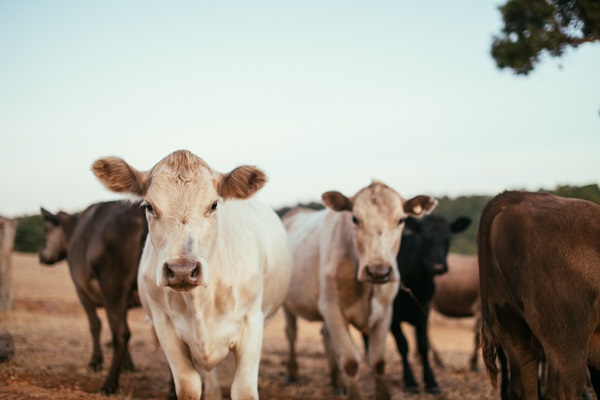
Cutting livestock methane emissions for stronger climate action
06/10/2022
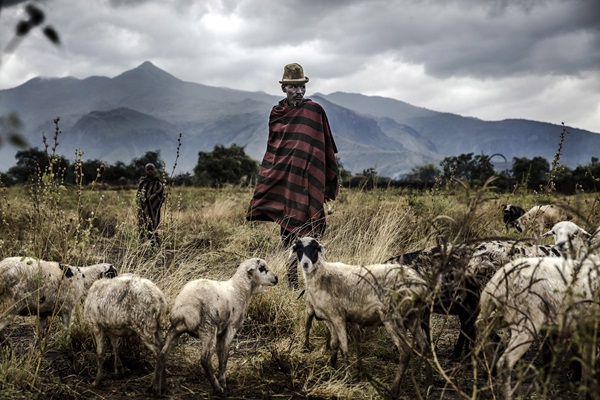
Finding climate solutions in the livestock sector
05/11/2020
Five key takeaways from FAO regional workshops on climate action in the livestock sector

The CCAC shows agriculture is key to the success of climate change and air pollution Solutions
02/05/2022
Ten years ago, it was uncommon for agriculture to be seen as a major contributor to the global climate crisis, let alone as part of the solution. Threats to agricultural production were instead largely viewed in a silo, separate from other major crises the world was facing such as air pollution, hunger, and development challenges.
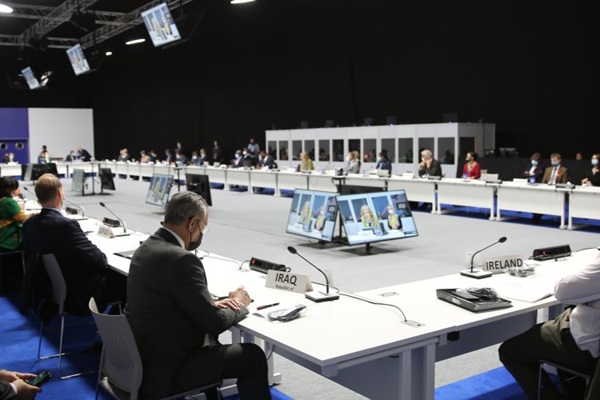
Climate and Clean Air Coalition ministers approve strategy to significantly cut short-lived climate pollutants this decade
09/11/2021
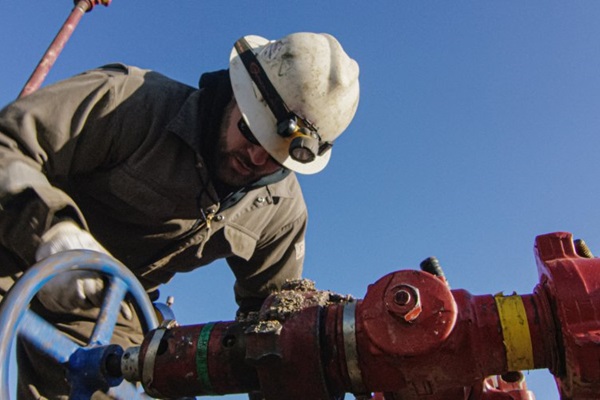
New IPCC Report Bolsters Evidence that Methane Reductions are Key to Preventing Climate Catastrophe
08/04/2022
The IPCC amplifies the conclusions of CCAC-UNEP Global Methane Assessment, showing the urgent need to reduce methane in parallel with decarbonization.
